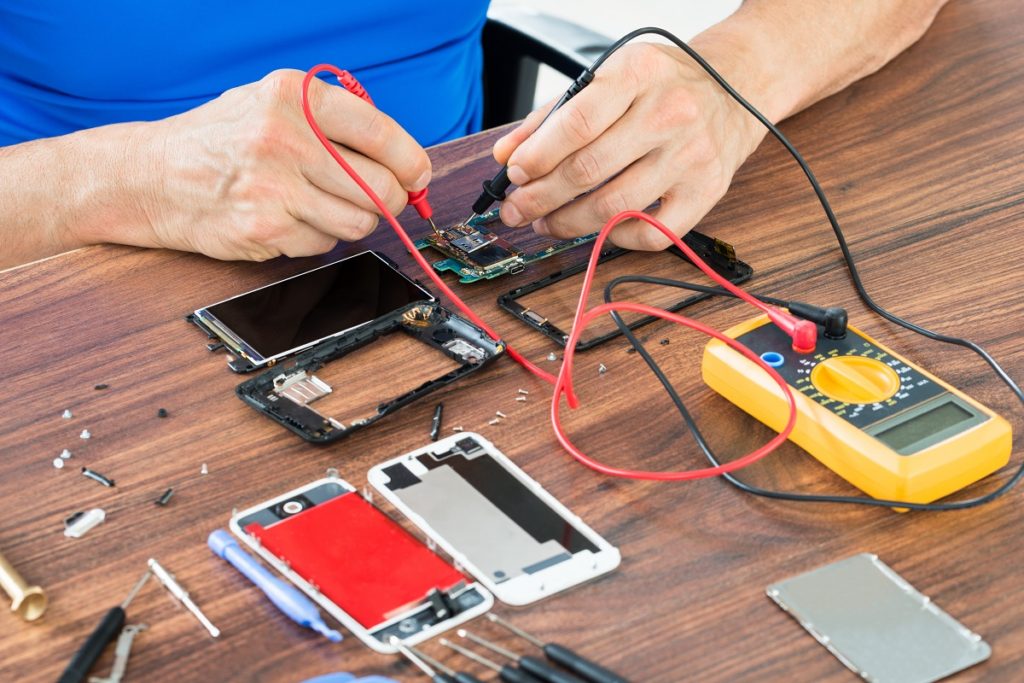One of the most frustrating things you’ll have the misfortune to experience in life is when your gadget breaks down or stops working for reasons you can’t fathom. The first thing you’re likely to do is bring your device to a shop in American Fork that fixes phones and other gadgets. Sometimes, however, only the original company can repair the damage — the price of which will set you back more than what you initially paid.
The hassle might tempt you to throw away your device and buy a new one instead.
It might be the easiest fix, if you have the funds for it. But it’s never the responsible thing to do. Electronic waste is a growing problem in the country. New solutions need to be explored. Fortunately, the Right to Repair campaign is here. Providing consumers and small businesses with access to the parts, tools, and service information needed to fix products, the campaign aims to minimize electronic waste in the country.
How Much Electronic Waste Does America Have?
The US has over 2,500 landfills to accommodate its citizen’s waste. But amid the campaigns to stop the use of single-use plastic straws and other products, the amount of electronic waste (which has special disposal requirements) that Americans produce is barely recognized. To demonstrate: Americans throw away 416,000 cell phones daily, and they more or less end up in the same landfill with regular waste.
Consumers are not the only reason for this growing problem. Manufacturers are major contributors, as well. Apple, for example, confirmed in 2017 that it intentionally slows down the operation of older iPhones.
The company’s defense was to protect the phones from aging batteries. Consumers, however, believe this is Apple’s way of forcing users to upgrade to newer versions of iPhones. If you are an Apple user, you know that the company doesn’t sell its custom tools and other components used in an Apple store or by authorized service providers to third-party operators.
Since users have limited repair options, they either spend more on repair or just throw away their device, increasing electronic waste.
The Impact of Electronic Waste

Approximately 20 to 25 million tons of electronic waste is produced every year, from broken computers to aging fax machines. The increasing amount of electronic waste results in the need to transport a significant amount across international borders where lower-income countries can dispose of it. The practice has become a worldwide problem and a leading contributor to global warming.
Electronic devices contain chemicals, such as copper, iron, and aluminum. These chemicals contribute to climate change when burned because they accumulate in the air. Additionally, burning electronics produces primary toxins: polybrominated biphenyl ethers (PBDE) and polybrominated biphenyls (PBBs). PBDE functions as flame-retardants in electronics, which produces carbon dioxide when burning.
The combination of these chemicals poses a threat to human health and the environment. Proper recycling of electronics help lowers the number of greenhouse emissions.
Disposing Electronic Devices Responsibly
Like other forms of waste, you should also dispose of your electronic waste properly to minimize its environmental impact. Remember to remove important data from your device before throwing it away, though. The method of erasing data varies depending on your device. For example, you can save your files to another device (an external drive or the cloud) to access should you lose your gadget.
Contact your local landfill to know where and how you can dispose of your electronic waste safely. Make sure that the location for disposal is reputable and certified by proper authorities. Certain facilities also accept electronic waste for recycling.
The US has produced a huge amount of electronic waste. Recycling might not be enough to reduce the massive problem. Extending the life of the existing devices, however, makes a huge impact on the environment. Giving electronics second life could be a practical approach. Producing less pollutant without affecting the quality of life could be an ideal solution.

